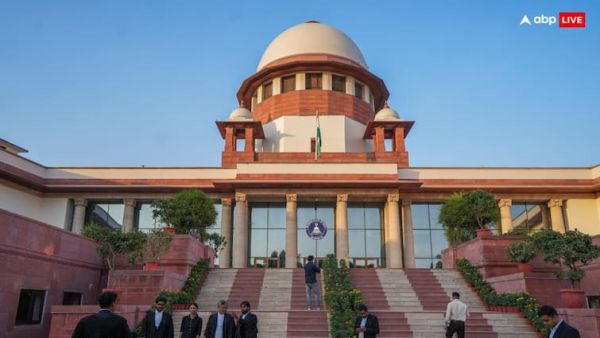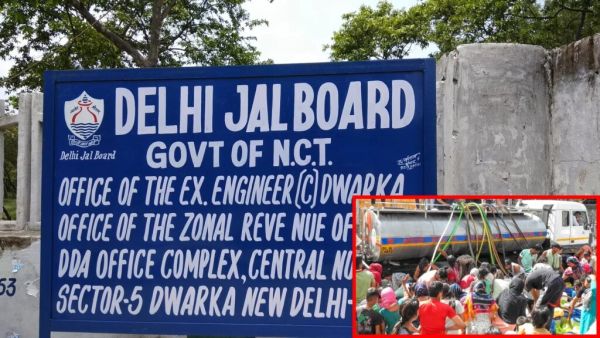The Green India Mission (GIM), also called the National Mission for a Green India, has completed a decade. The revised one was recently rolled out to last till 2030. The mission aimed to protect, restore, and enhance India’s forest cover and improve biodiversity, water resources, and ecosystems like mangroves and wetlands to absorb carbon and help address climate change. With adverse and extreme weather events like floods and high heat affecting most of India’s districts and studies showing that 80 per cent of the country’s population has been affected by climate change, the role and commitment of the central and state governments to green India become critical.
The mission is important for India’s international obligations too. India has committed to creating an additional carbon sink of up to 3 billion tonnes of carbon dioxide by ensuring additional forest and tree cover under the United Nations Framework Convention on Climate Change, whose annual summit, Conference of Parties COP30, will take place in November in Brazil, and the mid-year review is currently underway in Bonn, Germany. This year, the India State of Forest Report stated that compared to 2021, there has been an increase of 1,445 sq. km, or an area as large as Delhi, in the total forest and tree cover of the country and presented this to the UN. If the claims in this report are true, then forest and tree cover now comprise a solid one-fourth of the geographical area of India.
NASA Confirms Launch Date For India’s Shubhanshu Shukla On Ax-4 Mission To ISS: Here's All You Need To KnowHowever, environmentalists called out the report on various grounds to show that the forest and tree cover increase is more on the books and less on the ground. The Global Forest Watch, a non-profit, stated that “In 2020, India had 44.4 million hectares of natural forest, extending over 15 per cent of its land area. In 2024, it lost 150 kha of natural forest, equivalent to 68.0 Mt of CO₂ emissions.” The Mission, one of the eight missions under India's National Action Plan on Climate Change (NAPCC), is expected to boost India’s forest cover, but the gap between intent and action is evident in the series of strikes at forests and wetlands in the name of large-scale projects.
In reality, millions of hectares of forests are under attack. In the Great Nicobar Project, nearly 131 sq. km of forest land, with approximately 9.64 lakh trees, is slated to be destroyed for a massive international port, an airport, a gas- and solar-based power plant, and a township. In Hyderabad and Mumbai, hundreds of acres of green have been cleared for IT parks and infrastructure projects. In Chandigarh, forest areas have been cleared to, ironically, make a green corridor. And in Jaipur, the Rajasthan government is preparing to clear nearly 100 acres of forest land in Dol Ka Baadh to build the ‘Prime Minister’s Unity Mall’ as part of tribal welfare. It is not convincing to have a mission or bring out feel-good reports when people see a different picture on the ground. If forests shrink, life does too.









